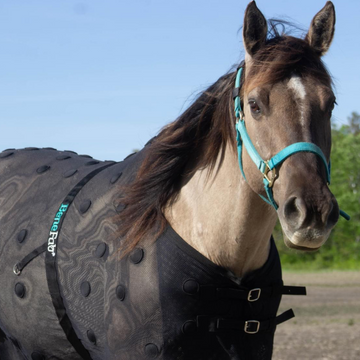Throughout the spring and summer months, it’s easy to fill your landscaping with beautiful, flourishing plants. The investment made purchasing and tending to the plants throughout the year means it can be hard to see them frost and fade away during the winter months.
Frost can occur anywhere between 32 and 36 degrees Fahrenheit. The more intense the frost, (i.e. the humidity in the air and duration of cold temperatures), the more plants will succumb. Protecting plants from freezing to death takes forethought and legwork, but it’s worth having your well-established plants ready to go when things begin to warm up again.
Are your Plants Cold-Hardy?

An important factor to consider is the hardiness of the plants you’re protecting. Houseplants, plants of tropical origin, and annual plants that produce fruits or flowers are more vulnerable. On the other hand, perennials like shrubs and trees can lose their leaves and go dormant throughout the chilly months, reserving their nutrients in their woody stems and trunks.
Save Those Sheets
One of the most classic methods of preparing plants for a freeze is wrapping them in cloth. Worn-out sheets, towels, and blankets work nicely. When wrapping a plant, ensure the sheet reaches the ground to complete the ‘seal’ effect and is secure without smothering the plant. Wooden or metal stakes can be used to prop the cloth upon a more delicate plant. The cloth acts as insulation, trapping warm air close to the plant.
Level Up with Plastic
If mummifying your plants with sheets isn’t going to cut it, the next step is adding a layer of plastic, such as a garbage bag, to the outside of your wrapped plants. This method gives greater protection but comes at a cost. If a plant gets warm in a plastic bag during the day and produces condensation before freezing again overnight, you’ve essentially created a snowglobe of death.
With every method – and especially the plastic method – unwrapping plants when you can to allow air and sunlight will give them their best chance at surviving.
Chop Chop
This method works particularly well for perennial flowers such as the Bearded Iris and Lilies. Cutting these plants as the temperature begins to dip means they won’t spend energy trying to keep long stems alive throughout the winter. An added bonus to cutting back is a decrease in disease due to fewer rotten stems and insects drawn to the plants.
Most decorative flowers and grasses should be cut to a 5-inch height, allowing for a little root insulation and a tidy look. If you’re unsure of how to cut back your plant, search the internet for the specific variety.
Organic Method
Mulch and hay are underrated organic insulators. Young trees, shrubs, and vegetable plants can benefit from mulch and hay nestled around the base of their trunks and stems. Think of it as Mother Nature’s version of wrapping plants in sheets. The hay is breathable and biodegradable, insulating the plants’ root ball. This method works well paired with others.
Warm Water
If the weather forecast is looking really dismal, you can fill up plastic milk jugs with warm water and set them near the base of plants. If the plants are wrapped, slipping the jug inside the wrapping or burying it in hay and mulch means the warmth with leach into the ground and stem of the plant.
Invest in a Greenhouse
If all odds are geographically against you, it may be worth investing in a greenhouse. When considering a greenhouse, look at the size of your plant collection, location of the plants, material the greenhouse is made of, and greenhouse ventilation options.
Fighting off the frost is a heroic fight, and with a year or two of trial and error under your belt, you’ll be equipped to help your plants see another year.






















